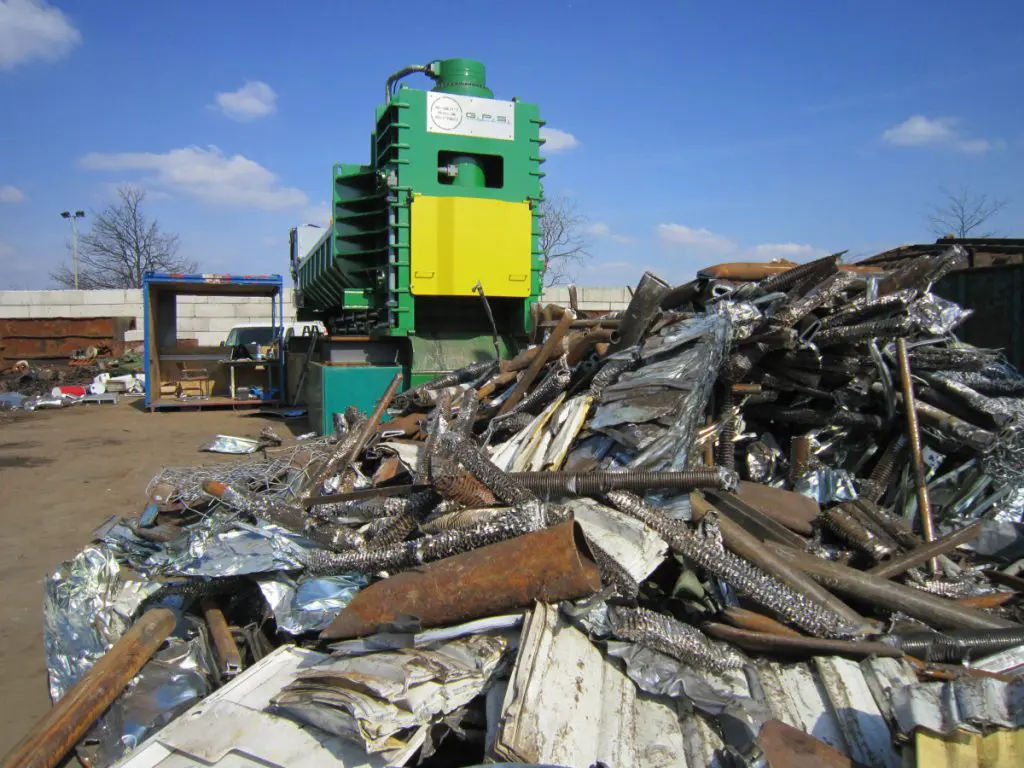Global – There are big balers, shear balers, mobile balers, brand-new balers and ‘smart’ balers. In a world of rapidly advancing technology, it seems wise to remember that, ultimately, when buying machinery, you should ignore the dazzling facts and figures highlighted in corporate brochures; you should buy with your eyes.
‘By far the most popular and useful guillotine size is 700-900 tons,’ reckons Pierluigi Sambolino of G.P.S. Processing Solutions, based in Ferrara, Italy. With this size of shear and a good operator, most forms of scrap can be processed.
This shear size is also sought-after because the initial investment is ‘very reasonable’ and perhaps only 800-1500 tons needs to be processed per month for it to pay for itself comfortably.
‘Baler sales picked up a lot last year – we sold over 100 machines worldwide,’ reports Phillip Pownall, managing director of UK-based JMC Recycling Systems. ‘Our machines aren’t the cheapest, so customers are buying based on quality and longevity.’ He remarks that JMC is currently exploring the handling of different types of material such as automotive components and special alloys.
Baler production at Moros Industrias Hidráulicas S.A. was 65% higher last year when compared to 2016, reports commercial director Julio González.
As for new machinery, he points out that Moros has just developed a special baler – designated the Moros GC-W-160 – to process tyre wire, turnings and other difficult materials. This exerts a very high specific force on material with its 165 tons of final compression cylinder pressure in a 200×200 mm bale section.
Meanwhile, Harris increased the variety of sizes enabled by its machinery last year, while also enhancing the operating pressure from 3500 to 5000 PSI (240 to 345 bar). The supplier also made ‘large investments’ in its own plant to improve manufacturing. A brand new baler is scheduled for release in 2018 – ‘so stay tuned’, advises Forrest Wildes, director of strategic accounts at Harris.
Talking about R&D in the baling sector, Metso’s Dr Wolters observes: ‘I believe the physical basics of baling will remain essentially the same, even in 20 years’ time.’ However, further progress is anticipated in terms of energy efficiency and the links between machines and the world of IT.
Better connectivity to enable monitoring in real-time is seen as especially important for scrap companies operating at different locations. It is a ‘high priority’ to make balers ‘a lot smarter’, Dr Wolters argues.
In issue #1, Recycling International published a special feature dedicated to some of the best balers out there right now. Read the entire article here.
Don't hesitate to contact us to share your input and ideas. Subscribe to the magazine or (free) newsletter.



